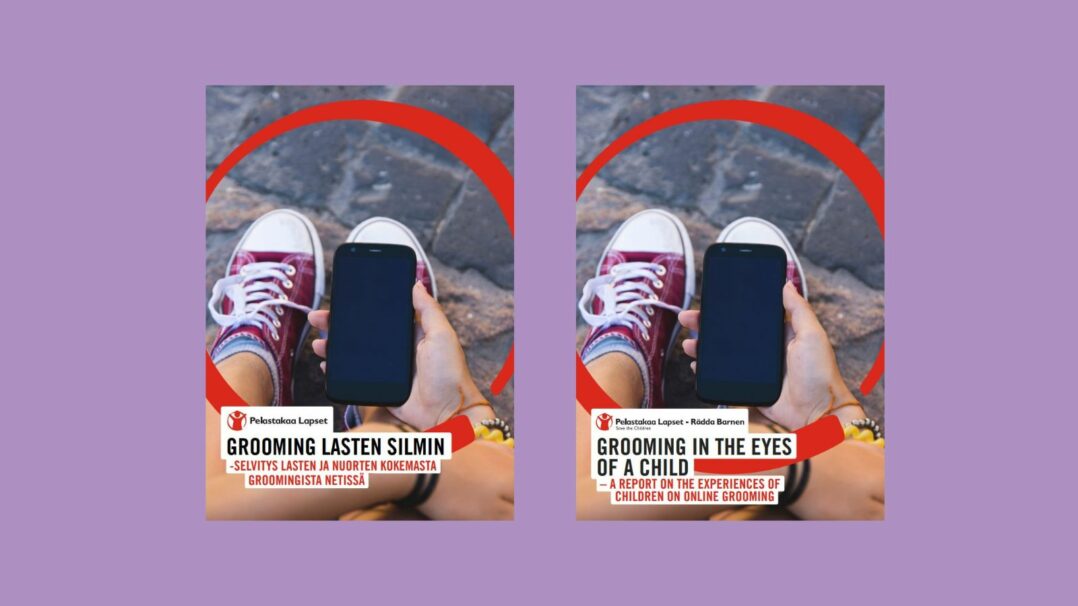Solicitation of children for sexual purposes (grooming)
The term “grooming” refers to persuading a child to a sexual act. The aim of grooming is to abuse the child sexually.
In grooming, the adult’s goal is to lure the child into a situation where they can be subjected to child sexual abuse, either online, in real life or in both environments. Grooming is a multidimensional phenomenon that includes any and all words and actions that the groomer directs towards the child or a person close to the child.
Grooming can also be a very quick process
Grooming can be very fast-paced communication, where the groomer tries to get the child to act spontaneously. In some cases, it may be just a single contact with a child or an attempt to contact a child. Grooming can also be a slow-moving process, however. For example, a groomer may establish a trusting relationship with the child and gradually infiltrate sexually explicit content into everyday conversations.
If someone tries to groom a child, they may:
- persistently try to get the child to communicate with them and/or share their photos with them
- send the child a large number of messages, asking the child to keep the conversations confidential
- try to groom a child through a chat or gaming platform, or a similar private channel
- compliment the child’s appearance or ask whether the child has ever been kissed
- ask the child to share secrets or personal information such as their address or the name of their school
- ask the child to keep in touch constantly and always reveal their whereabouts to the groomer
- post sexually explicit messages and/or pornographic materials
- threaten and blackmail the child into sending sexually explicit pictures of themselves
- threaten to share the child’s photos online or show them to people the child knows if the child does not send more photos
- threaten the child with violence
The perpetrator is always responsible
Grooming takes place both online and in real life. Online, the perpetrator may be simultaneously in contact with several children, and it is easy for them to be anonymous or use a fake profile. The perpetrator may lie about details such as their age and gender. The perpetrator may also reveal that they are an adult and offer the child friendship, admiration, gifts or guidance on sexual matters, for example. Grooming can take place on any online or social media platform where children spend time.

Grooming in the eyes of a child report
Save the Children Finland’s Grooming in the eyes of a child report (2021) focuses on the experiences of 11−17-year-old children on online grooming.
It may be difficult to recognize grooming
It may be difficult for a child to recognise grooming or sexual abuse inflicted on them as the result of grooming. Grooming can lead to, for example, the adult getting the child to send nude photos or videos of themselves. The child may also be proactive or active in the communication. All of this can make the child feel guilty and ashamed. However, a child is never the guilty party when they have been subjected to grooming or sexual abuse.
Grooming is a crime!
Solicitation of a person under the age of 18 for sexual purposes is illegal in Finland (Criminal Code of Finland 39/1889, chapter 20, section 18). If you suspect the grooming of a child, you should report it directly to the police or to the Finnish Hotline.
The contents of this publication are the sole responsibility of Save the Children Finland and do not necessarily reflect the opinion of the European Union.